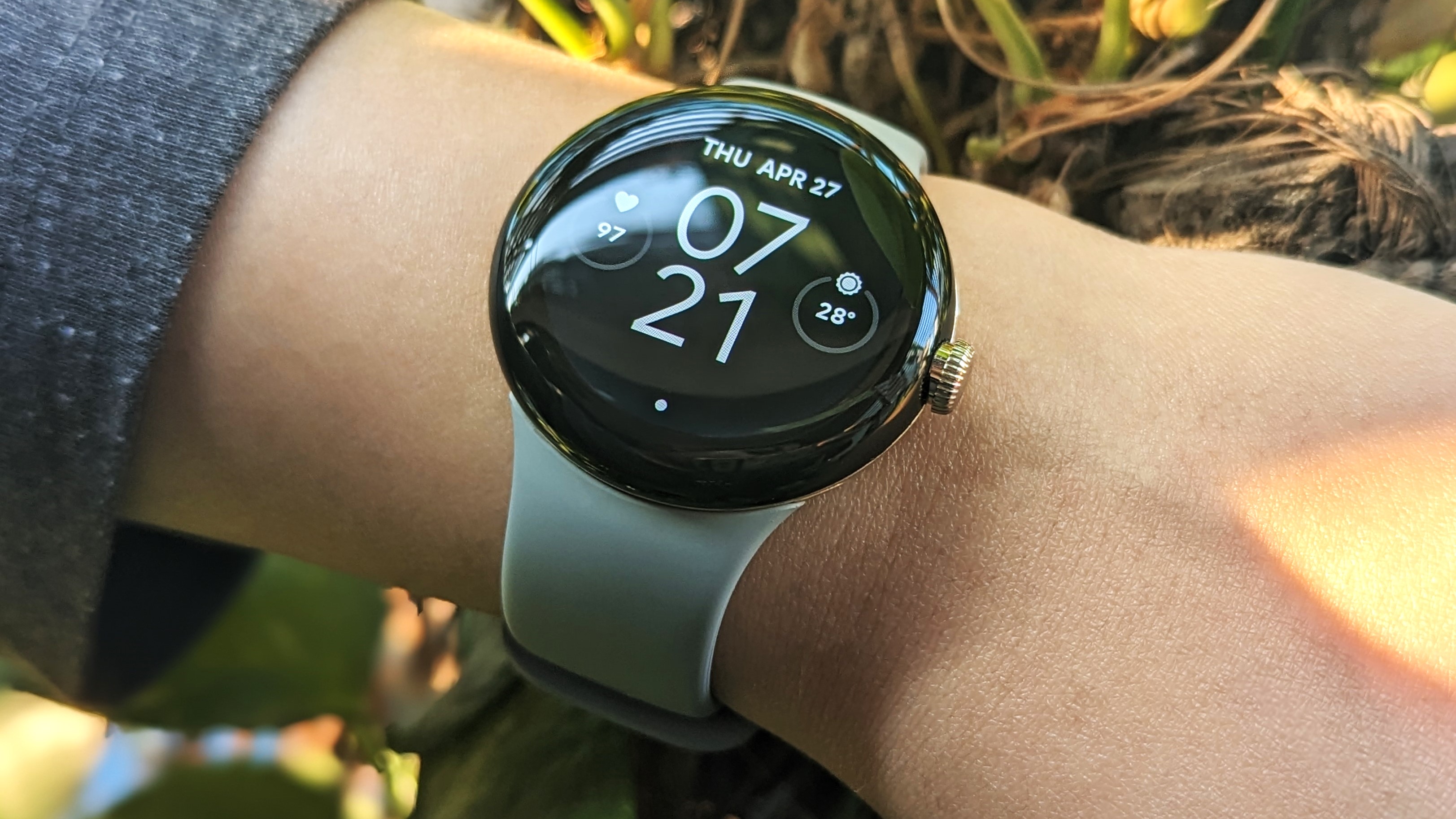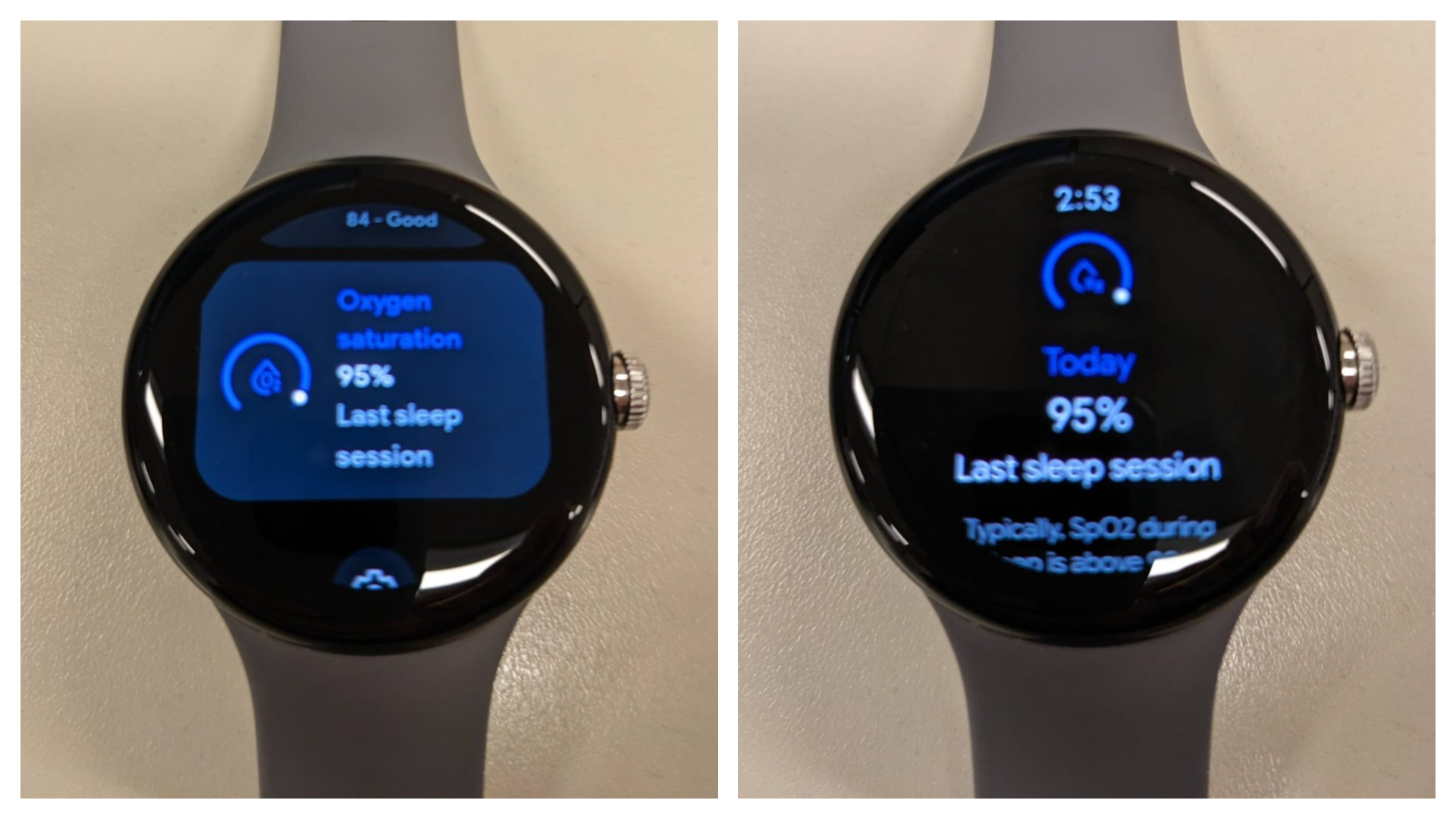
What you need to know
- Google appears to have quietly enabled SpO2 readings on the Pixel Watch.
- The sensor was available on the smartwatch at launch, but it was not operational presumably due to the lack of FDA approval.
- Full overnight SpO2 data is available on the on-device "Fitbit Today" app as a percentage score for the previous night's sleep.
The Google Pixel Watch is now on par with its competitors after enabling its SpO2 (blood oxygen saturation) sensor, at least for some users.
A few Pixel Watch users took to Reddit to share images of a dedicated Oxygen saturation card that shows up in the Fitbit Today app (via 9to5Google). The card displays full overnight SpO2 readings, as seen in the image below. The oxygen saturation percentage of your previous night's sleep and additional context about your SpO2 data appear when you tap on the card.

Google's first smartwatch is equipped with hardware capable of monitoring your blood oxygen saturation right off the bat, but this capability was not activated at launch, supposedly due to a lack of FDA approval. Even the Heart Metrics dashboard on Fitbit devices previously indicated that the SpO2 feature was unavailable.
Prior to the latest change, the watch only provided an estimated oxygen variation (EOV), which indirectly measures the changes in the oxygen saturation levels in your blood.
The search giant may have gotten around the regulatory hurdle as the Pixel Watch is now recording actual data. That said, the rollout doesn't seem widespread at the moment, seeing as only a handful of owners are seeing SpO2 readings on their smartwatch.
Still, its limited appearance is a step forward for Google's smartwatch, and it's only a matter of time before it goes live for everyone. SpO2 sensors are already operational on many of the leading Android smartwatches on the market. Even older models, such as the Fitbit Versa 3, have this health feature.
SpO2 is a measure of the amount of oxygen in your blood. This information can be used to track your sleep quality and even detect early signs of health problems such as sleep apnea.
It is important to note that the accuracy of SpO2 sensors on smartwatches can vary, and wearable devices should not be used in place of proper medical equipment.
The Google Pixel Watch includes a slew of health-tracking features, such as sports and activities tracking, 24/7 heart rate monitoring, sleep monitoring, and more. However, while SpO2 or blood oxygen tracking is built in, it is not yet enabled.







